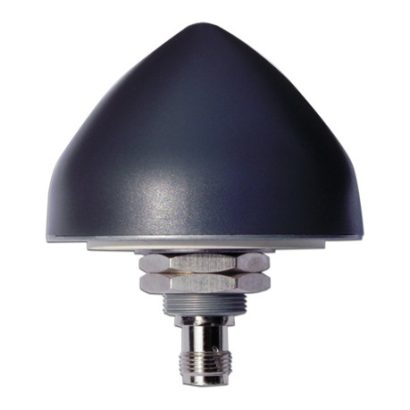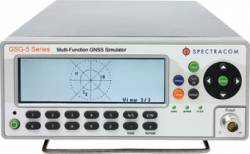Tallysman® Wireless recently introduced the housed TW3885T dual-band (L1/L5) Accutenna® technology timing antenna. The antenna supports GPS/QZSS L1/L5, Galileo E1/ E5a/b, BeiDou B1/B2/B2a, GLONASS G1/G3 and in the region of operation, satellite-based augmentation systems (SBAS): WAAS (North America), EGNOS (Europe), MSAS (Japan), or GAGAN (India), according to a news release.
Typically, dual-band antennas and receivers support GPS L1 and L2 and GLONASS G1 and G2. GPS, GLONASS, Galileo, BeiDou and NavIC have added GNSS signals in the L5 frequency band (1164-1217 MHz), leading to the new dual-band GNSS standard becoming L1 and L5. The TW3885T antenna is tuned to support both the upper (L1/ G1/E1/B1/) and lower (L5/G3/E5/B2) GNSS bands.
The antenna is housed in a through-hole mount, weatherproof (IP69K) enclosure. L-bracket (PN 23-0040-0) or pipe (23-0065-0) mounts are available for permanent installations. The company provides an antenna installation guide that recommends a 100 to 125 mm ground plane and includes best practices for antenna installation and cable connector waterproofing.
Many new LTE bands have been activated, and their signals or harmonic frequencies can affect GNSS antennas and receivers. In North America, the planned Ligado service, which will broadcast in the frequency range of 1526 to 1536 MHz, can affect GNSS signals. New LTE signals in Europe [Band 32 (1452 – 1496 MHz)] and Japan [Bands 11 and 21 (1476 – 1511 MHz)] have also affected GNSS signals. The TW3885T mitigates the effects of these new signals.





 copy.jpg)
